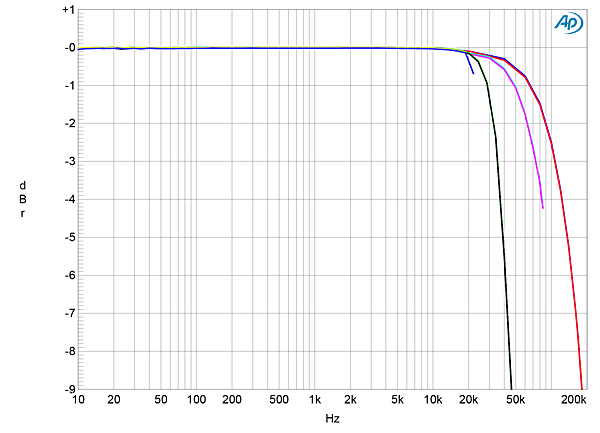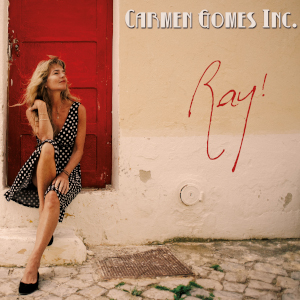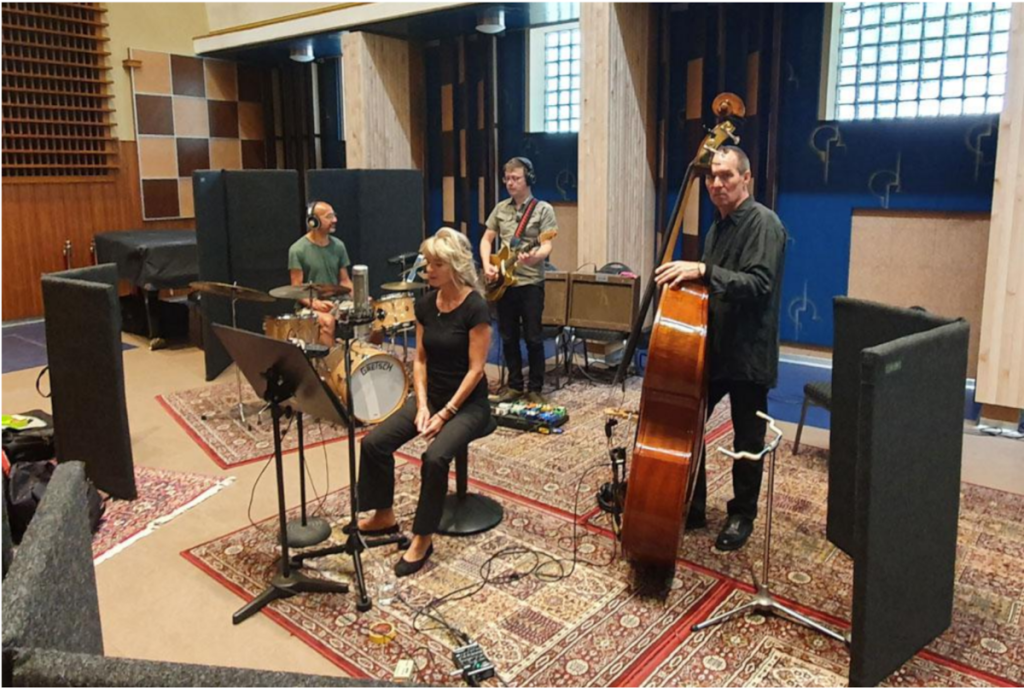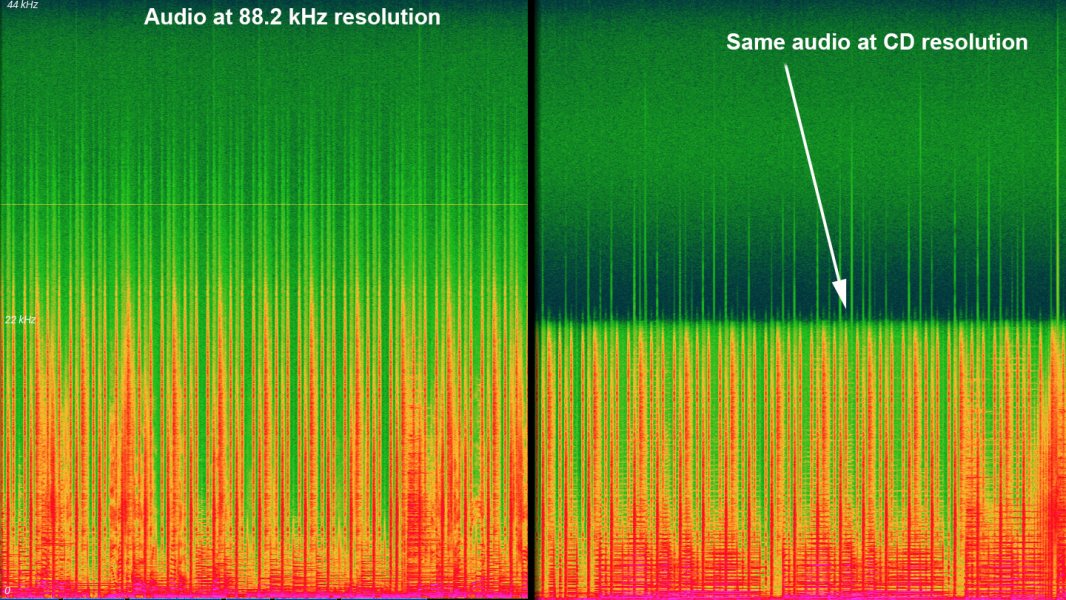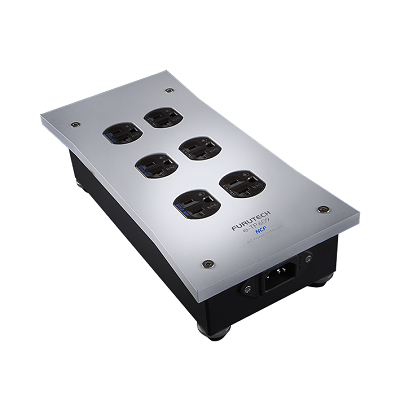
Is this overkill or does it make sense?
and why not go all the way with a 32bit 768kHz file?
Ray! - PCM 768kHz! - 24bit - FREE TRACK (Let The Good Times Roll)
I do like the label a lot, so maybe it is time for a new DAC
The RME company is highly regarded by audio professionals.
Before we started working with Merging, RME was our converter of choice. So when we got offered to test the RME ADI-2 FS, a compact 2-channel AD/DA converter we gladly approved.
The first comparison with our Merging Anubis was immediately positive. Lots of definition, a beautiful soundstage with perfect placement. And after powering it with the Ferrum Hypsos external power supply, a sense of calm and control was added to the experience. This is clearly a serious converter.
The RME has a maximum sample rate of 768kHz. To really see what the RME ADI-2 is capable off, we created a 768kHz/24bit file straight from our Studer A80 tape recorder playing the ¼" reel to reel master tape from our latest release.
Listening and A/B comparing with the Studer the result is quite convincing. In our opinion the sound is very close to the analog master tape.
We would like to share the results with you.
Therefore we have made one 768kHz track from the album available for free for a limited time period.
The only favor we ask in return, is that you give us a bit of feedback; Is this a way forward?
Do you also hear an even greater sense of realism compared to the lower formats or are you perfectly happy with the formats you have been using so far?
For anyone who would like to purchase the entire album in 768kHz but has already purchased the album in a lower resolution in the past week, the price difference will be refunded. Send us an email and you will receive a refund within a few days.












